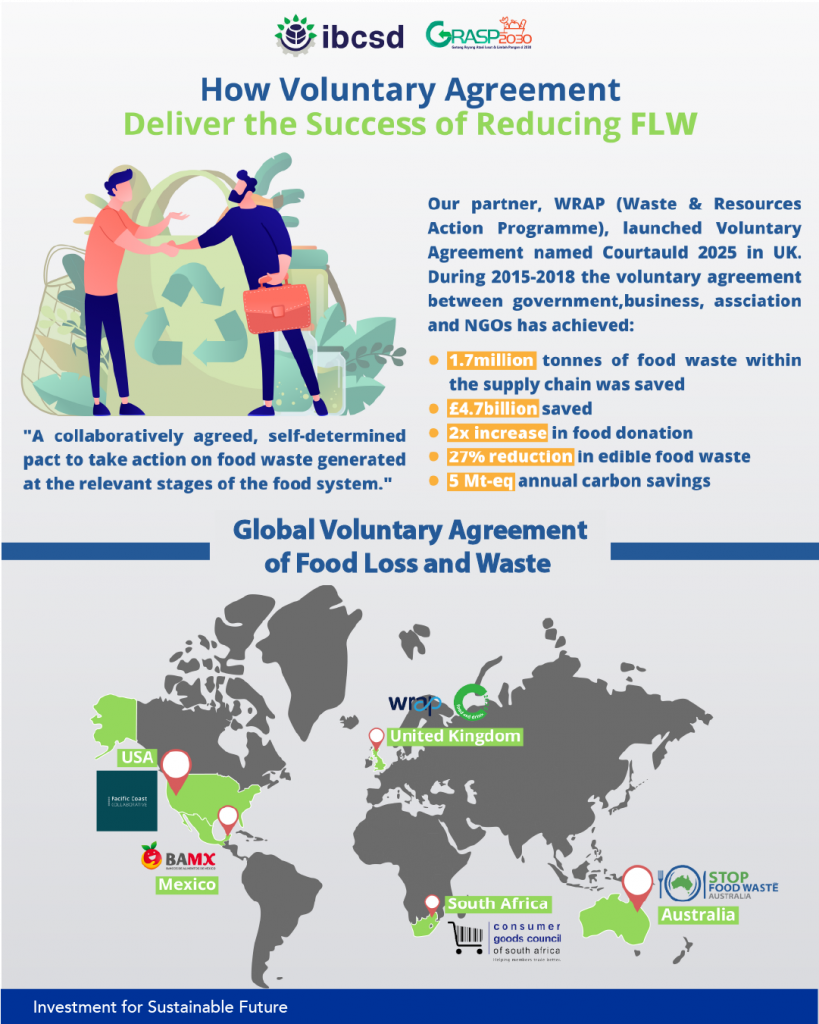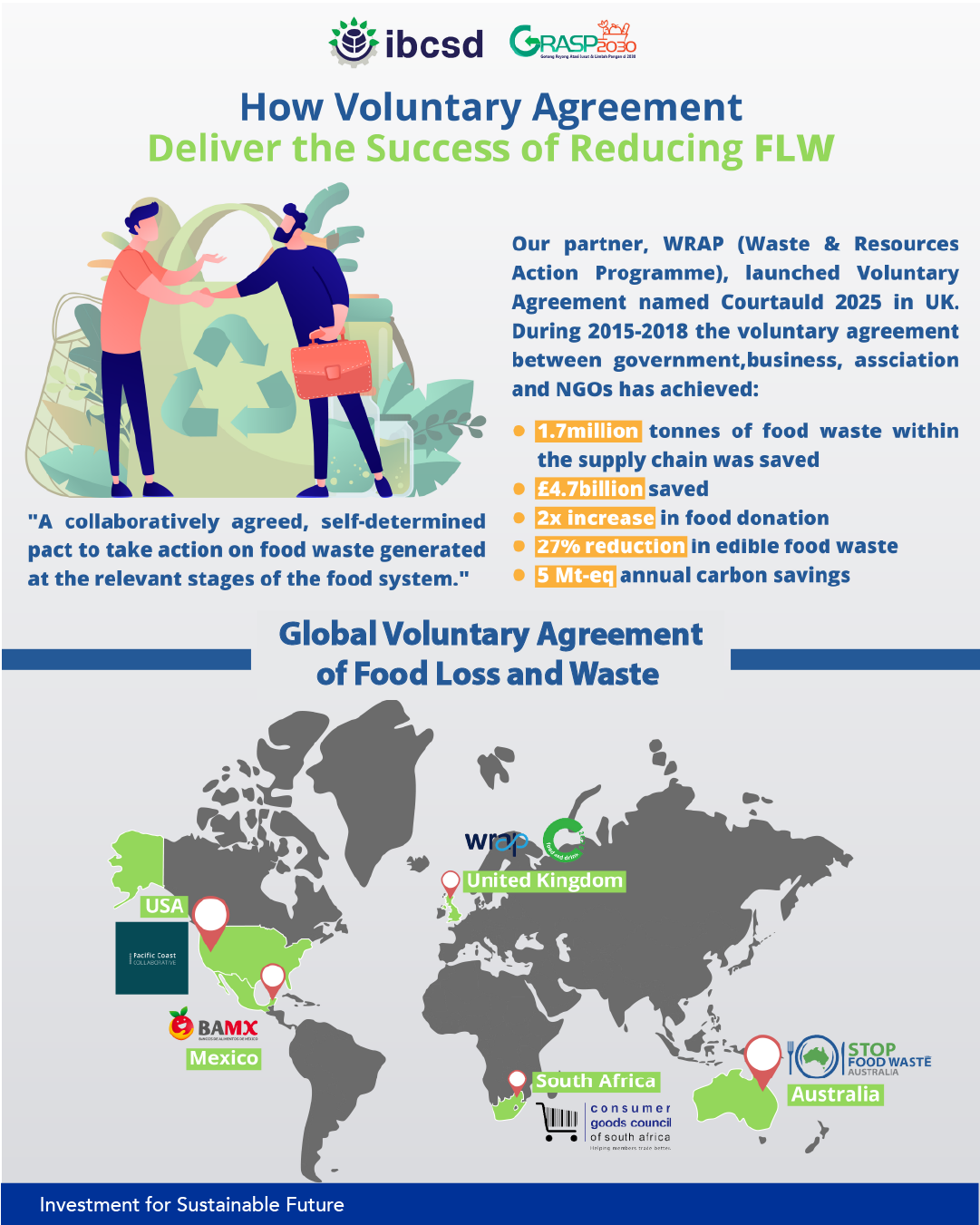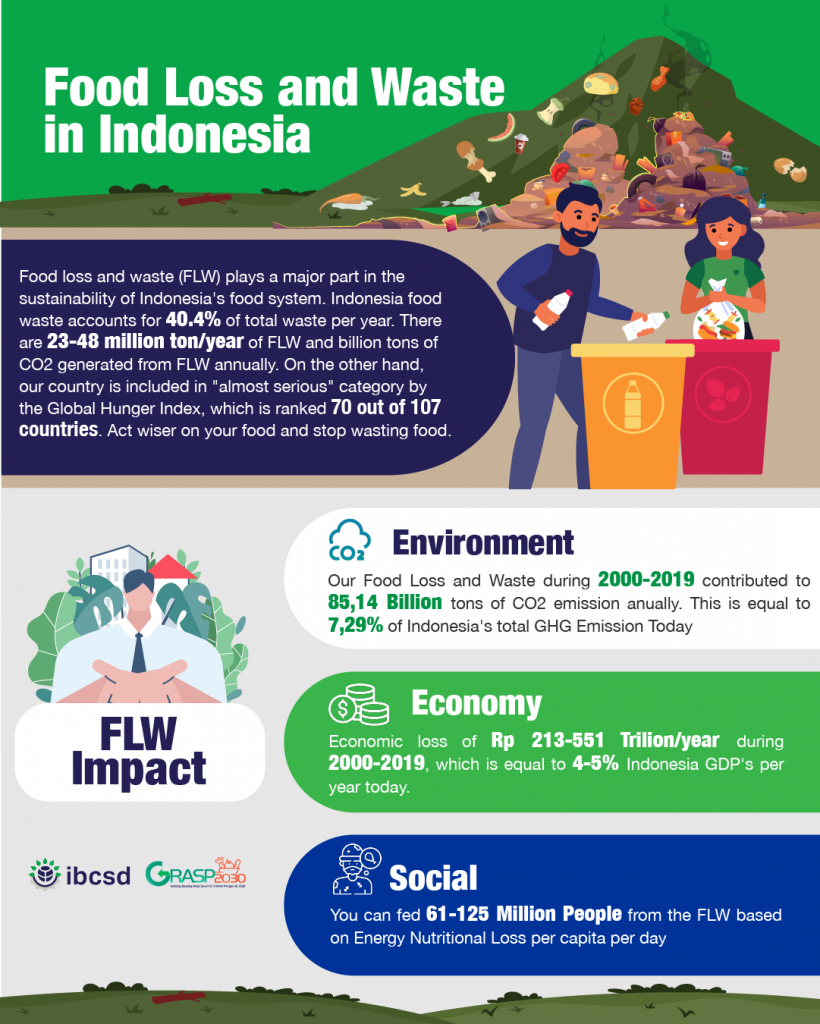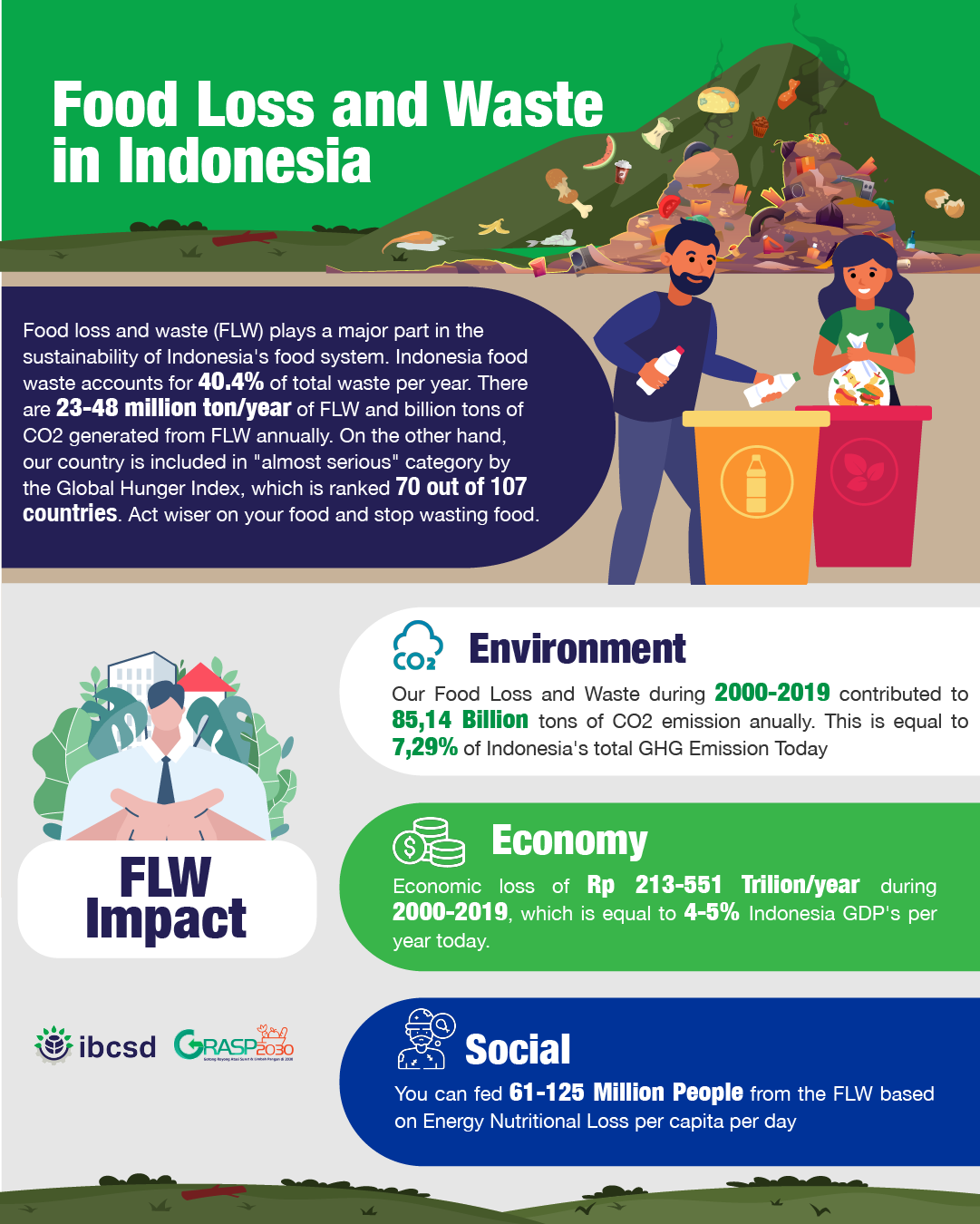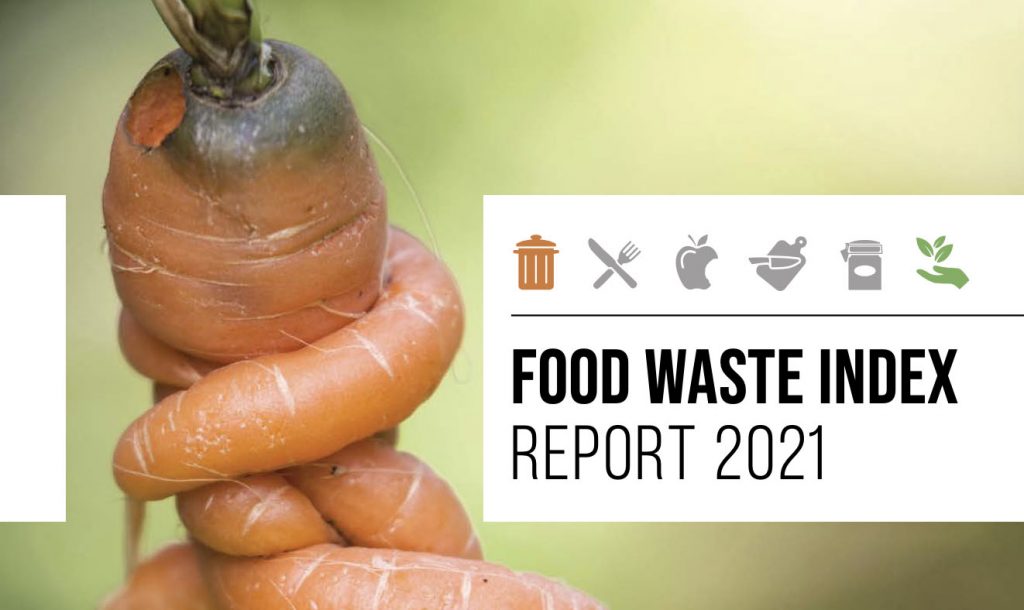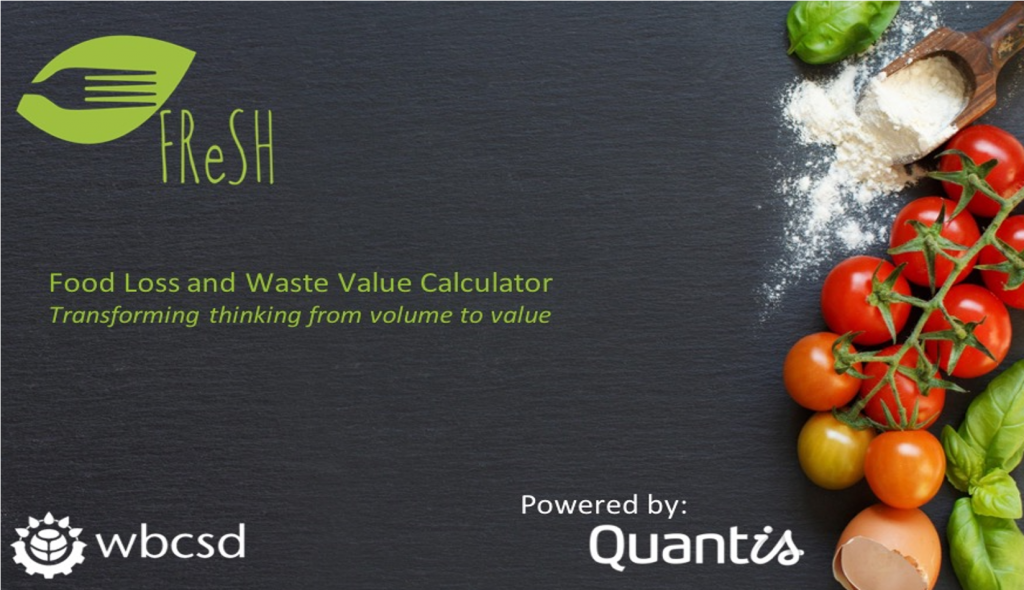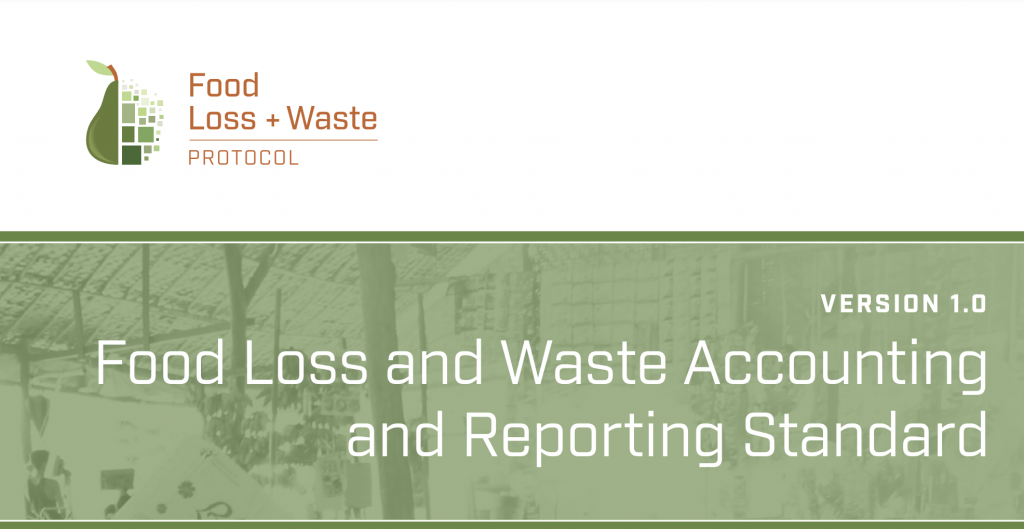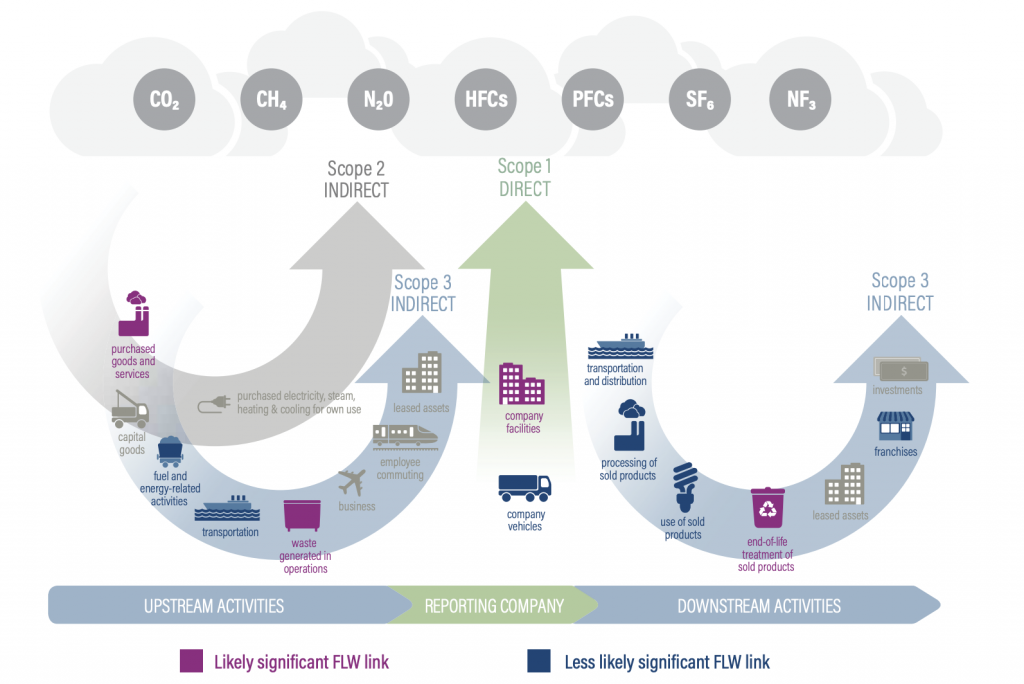
Panduan Kemitraan yang Efektif untuk Redistribusi Pangan GRASP 2030
Panduan Kemitraan yang Efektif untuk Redistribusi Pangan GRASP 2030
Panduan Kemitraan yang Efektif untuk Redistribusi Pangan GRASP 2030 merangkum langkah praktis bagi pelaku usaha dan organisasi redistribusi pangan untuk menyalurkan surplus pangan dengan aman, bermutu, bergizi, dengan memperhatikan regulasi yang ada.
Dokumen ini dapat menjadi panduan awal mengenai kerangka hukum, kriteria keamanan pangan, alur kerja donasi, serta mekanisme kemitraan yang transparan agar penyelamatan pangan dapat dijalankan secara konsisten dan bertanggung jawab. Panduan ini ditujukan untuk memperkuat kolaborasi sektor swasta, pemerintah, dan organisasi masyarakat dalam mengurangi susut dan sisa pangan di Indonesia, sekaligus mendukung target nasional dan SDG 12.3 melalui aksi nyata penyelamatan pangan.
Klik tautan di bawah untuk mengunduh dokumen.
—-
The GRASP 2030 Guidelines for Effective Food Redistribution Partnerships provide practical steps for businesses and food redistribution organizations to channel surplus food safely, in a good quality and nutritious manner, while complying with existing national regulations.
This document serves as an initial guide on legal framework, food safety requirements, donation workflows, and partnership arrangements to ensure accountable and transparent redistribution practices. Designed to strengthen collaboration across private sector, government, and civil society, the guidelines support Indonesia’s efforts to reduce food loss and waste while contributing to national targets and SDG 12.3 through concrete, scalable food rescue actions.
Download the guidelines by clicking the button below.
